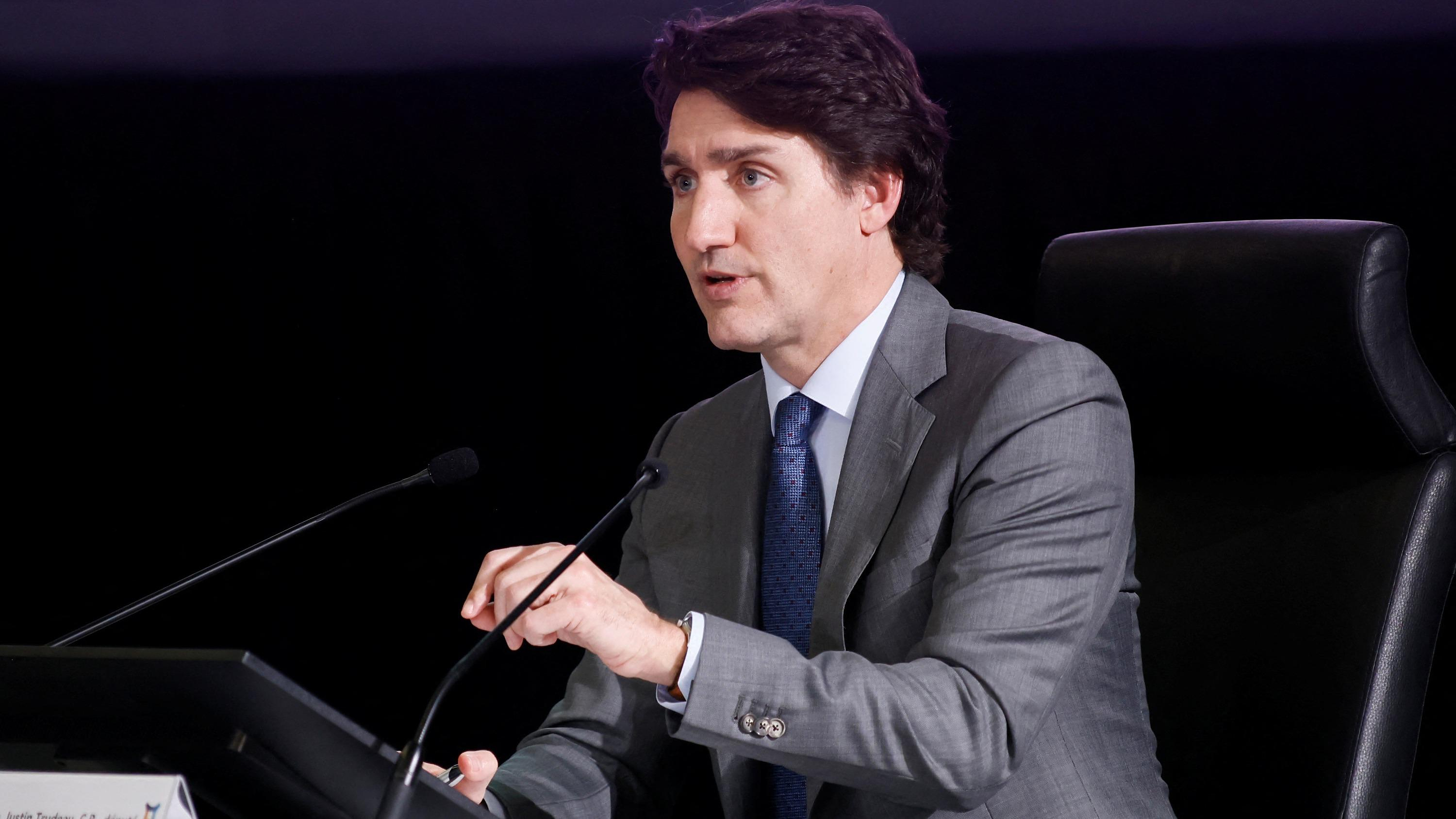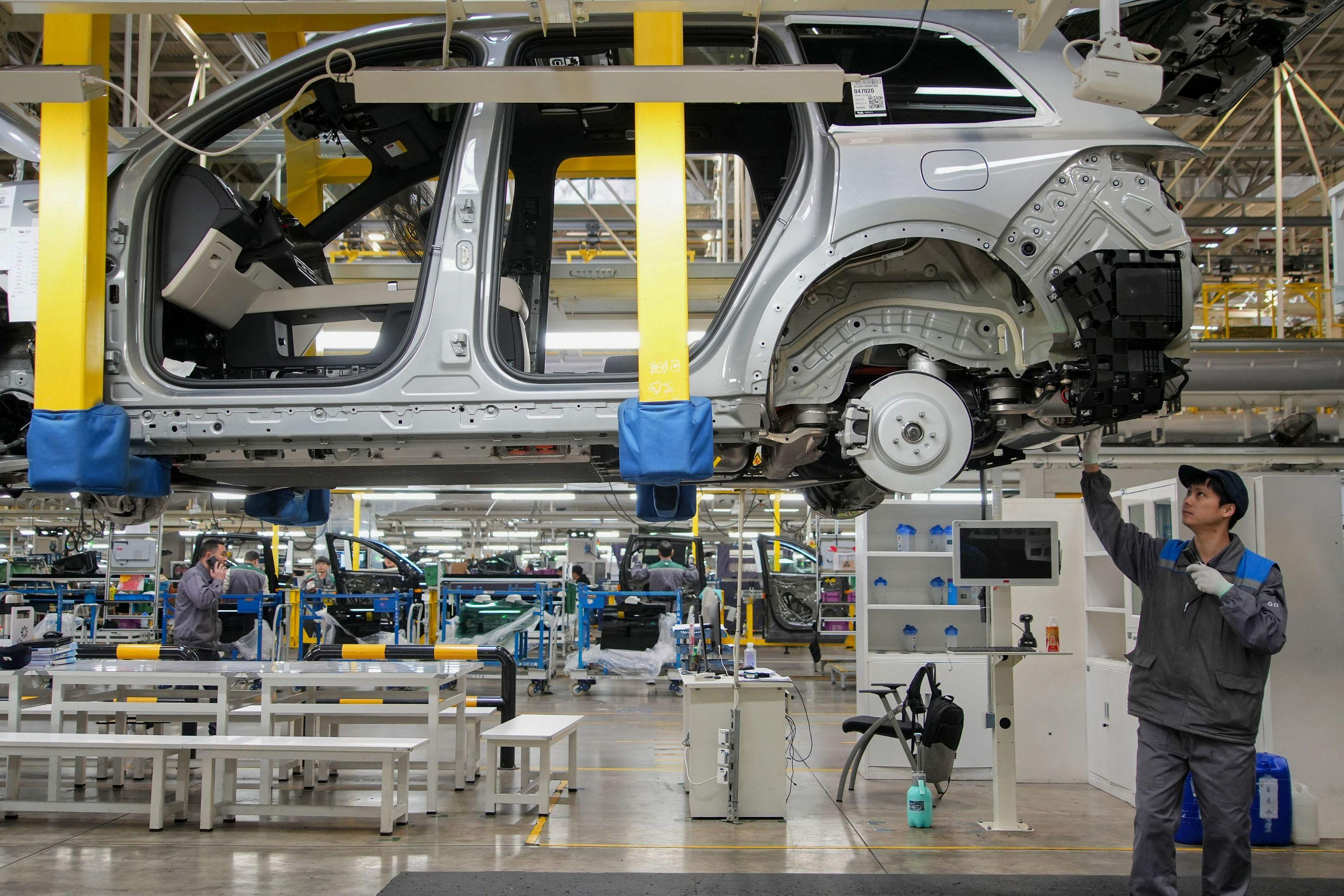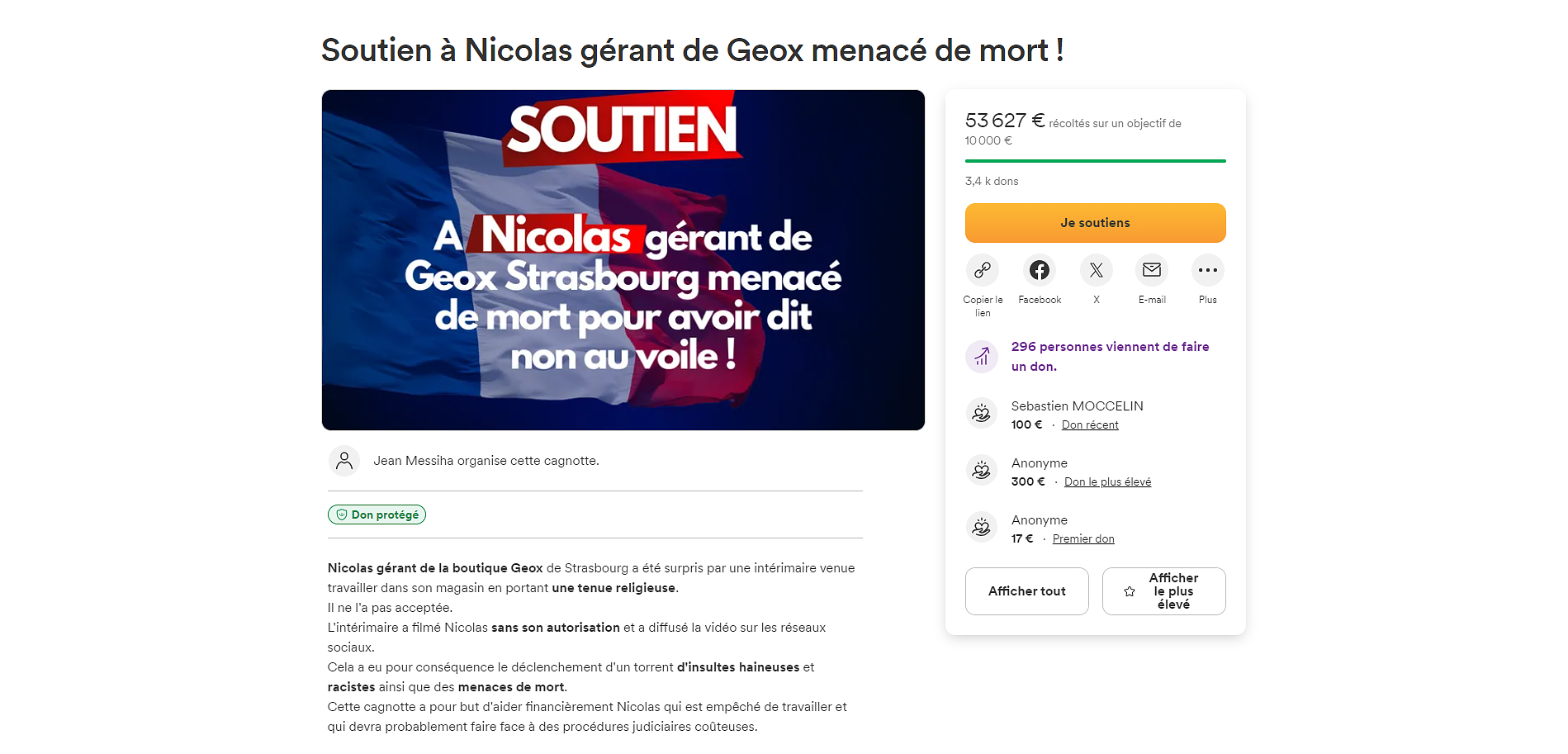Only in the oil sector are spent per year in maintenance inspection in Europe about 600,000 million euros, according to the director of the Group of Robotics, Vision and Control of the University of Seville, spain Anibal Ollero. But this cost could be drastically reduced thanks to a european project in which also scientific adviser to the Centre for Aerospace Technologies (CATEC) operates with a team of researchers. It's called Aeroarms and aims to develop drones for the inspection of industrial maintenance with the reduction in accidents from working at height.
“In a single refinery, there are 40,000 km of pipes. This means the 50,000 per year”, explains the professor of seville and coordinator of the project. But with the drones with arms that your team has developed, “you can save in a single refinery, approximately 700,000 euros and do it 10 times faster.” The strong point of these machines is precisely their capacity to manipulate with these arms: “Are you able to do an installation in a site inaccessible, install a sensor or an antenna or to measure the corrosion of a pipe to several meters of height.”
MORE INFORMATION on The challenge of flying drones without human assistance The Civil Guard created a unit to monitor drones in MadridThe European Commission gave last year to CATEC for this project one of the most prestigious awards in Europe on innovation: the Innovation Radar Prize 2017. The use of these aircraft could reduce the number of occupational accidents of the workers that perform some work of inspection of high risk. “The goal is that the drone can access places that currently access workers hanging with ropes or scaffolds. With these systems Sahabet eliminate falling by work in heights”, says Ollero.
Now, the european team which works in Aeroarms is formed by approximately 40 people from Germany, France, Italy, Switzerland and Spain. During the project, which will end in 2019 and it is endowed with a budget of more than 5.7 million euros, the researchers have worked with dozens of prototypes. Potter states that one of these drones is industrialice when the project is done in may of next year. “It might cost a few tens of thousands of euros”, he says.
The researchers have already flown these drones to take measurements of the thickness of pipelines, tanks and reservoirs in industries in Germany and in Spain. “We have built with a weight less than 25 kg and dimensions appropriate to comply with the european regulations”, explains the professor interviewed in the IROS 2018 —the congress of robots largest in the world.
in Addition, the aircraft are designed to operate autonomously. Although, according to Potter, the operator can intervene in the event of an accident or when deemed necessary: “For example, if you are inspecting a pipe, this you can manually change the trajectory of the cart and the drone automatically adapts to follow”.
Drones that fly like birdsThe European Research Council has given to Potter a grant of 2.5 million euros for new research on new designs of drones. Its intention is to create machines that fly like birds. “I want you to fly by flapping its wings, or planning, to stand in a bar or a ledge and manipulate like a bird when building a nest or feeding their young”, explains.
Potter considered that currently the drones have two limitations. On the one hand, the energy: “you Can fly, 15 or 30 minutes and sometimes that is not enough.” On the other hand, the interaction with the people: “you can't be flying around people or trying to run into and generate sparks, but they have to be replaced by other methods to be able to fly. Nature offers us these possibilities.”
humans, he argues, have always tried to use concepts which are in the nature. “Birds fly by minimizing the energy. It is flapping wings only when necessary, using unconventional materials for these you can fold and make better use of the wind. The idea comes from nature and a natural evolution of the technology of the drones,” he concludes.

 Rishi Sunak wants a tobacco-free UK
Rishi Sunak wants a tobacco-free UK In Africa, the number of millionaires will boom over the next ten years
In Africa, the number of millionaires will boom over the next ten years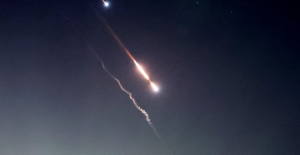 Iran's attack on Israel: these false, misleading images spreading on social networks
Iran's attack on Israel: these false, misleading images spreading on social networks Iran-Israel: David Cameron wants the G7 to impose “coordinated sanctions” on Iran
Iran-Israel: David Cameron wants the G7 to impose “coordinated sanctions” on Iran New generation mosquito nets prove much more effective against malaria
New generation mosquito nets prove much more effective against malaria Covid-19: everything you need to know about the new vaccination campaign which is starting
Covid-19: everything you need to know about the new vaccination campaign which is starting The best laptops of the moment boast artificial intelligence
The best laptops of the moment boast artificial intelligence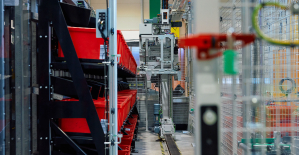 Amazon invests 700 million in robotizing its warehouses in Europe
Amazon invests 700 million in robotizing its warehouses in Europe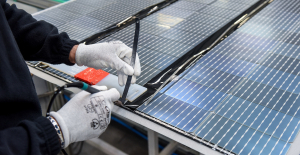 Solar panels: French manufacturer Systovi announces the cessation of its activities due to “Chinese dumping”
Solar panels: French manufacturer Systovi announces the cessation of its activities due to “Chinese dumping” Tesla: canceled in court, Musk's huge compensation plan will again be submitted to shareholders
Tesla: canceled in court, Musk's huge compensation plan will again be submitted to shareholders Two, three or a hundred euros: who are the most generous customers with tips?
Two, three or a hundred euros: who are the most generous customers with tips?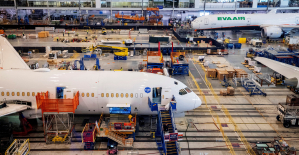 Boeing safety examined in US Senate, after whistleblower's revelations
Boeing safety examined in US Senate, after whistleblower's revelations Immersion among the companions of the Liberation
Immersion among the companions of the Liberation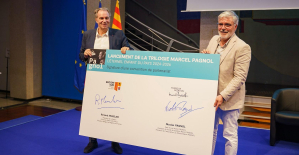 Provence-Alpes-Côte d’Azur releases several hundred thousand euros for the promotion of the work of Marcel Pagnol
Provence-Alpes-Côte d’Azur releases several hundred thousand euros for the promotion of the work of Marcel Pagnol A palm of honor distinguishes Studios Ghibli for all of their work
A palm of honor distinguishes Studios Ghibli for all of their work Gaby, a new play by Pagnol adapted into a comic strip
Gaby, a new play by Pagnol adapted into a comic strip Skoda Kodiaq 2024: a 'beast' plug-in hybrid SUV
Skoda Kodiaq 2024: a 'beast' plug-in hybrid SUV Tesla launches a new Model Y with 600 km of autonomy at a "more accessible price"
Tesla launches a new Model Y with 600 km of autonomy at a "more accessible price" The 10 best-selling cars in March 2024 in Spain: sales fall due to Easter
The 10 best-selling cars in March 2024 in Spain: sales fall due to Easter A private jet company buys more than 100 flying cars
A private jet company buys more than 100 flying cars This is how housing prices have changed in Spain in the last decade
This is how housing prices have changed in Spain in the last decade The home mortgage firm drops 10% in January and interest soars to 3.46%
The home mortgage firm drops 10% in January and interest soars to 3.46% The jewel of the Rocío de Nagüeles urbanization: a dream villa in Marbella
The jewel of the Rocío de Nagüeles urbanization: a dream villa in Marbella Rental prices grow by 7.3% in February: where does it go up and where does it go down?
Rental prices grow by 7.3% in February: where does it go up and where does it go down? Europeans: the schedule of debates to follow between now and June 9
Europeans: the schedule of debates to follow between now and June 9 Europeans: “In France, there is a left and there is a right,” assures Bellamy
Europeans: “In France, there is a left and there is a right,” assures Bellamy During the night of the economy, the right points out the budgetary flaws of the macronie
During the night of the economy, the right points out the budgetary flaws of the macronie Europeans: Glucksmann denounces “Emmanuel Macron’s failure” in the face of Bardella’s success
Europeans: Glucksmann denounces “Emmanuel Macron’s failure” in the face of Bardella’s success These French cities that will boycott the World Cup in Qatar
These French cities that will boycott the World Cup in Qatar Union Bordeaux Bègles-Clermont: at what time and on which channel to follow the Top 14 clash?
Union Bordeaux Bègles-Clermont: at what time and on which channel to follow the Top 14 clash? Football: Ada Hegerberg extends at OL until 2027
Football: Ada Hegerberg extends at OL until 2027 Basketball: suspended for life from NBA for fixing his match
Basketball: suspended for life from NBA for fixing his match Paris 2024 Olympic Games: boxer Estelle Mossely wants to parade on the Seine as a flag bearer
Paris 2024 Olympic Games: boxer Estelle Mossely wants to parade on the Seine as a flag bearer




